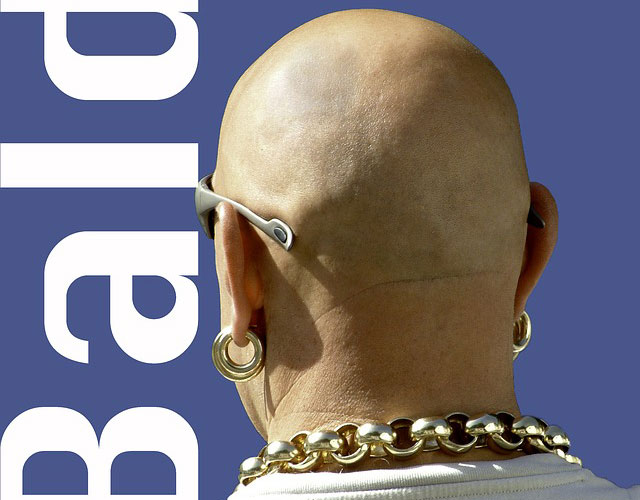
56 million men and women in the US experience varying degrees of hair loss or baldness. Despite available medications and procedures, scientists are still striving to put an end to balding and the frustrations associated with it. Researchers from UCLA’s Eli and Edythe Broad Center of Regenerative Medicine and Stem Cell Research offered a new angle to solving hair loss problems: altering metabolic pathways of hair follicle stem cells. The study was published in Nature Cell Biology.
To understand how hair is lost, we must take a look on its growth cycle which has three components: the growth phase (anagen), a regression phase (catagen) and a resting phase (telogen). All hairs in our body undergo this cycle but the duration for each phase varies depending on the hair’s location. For instance, the hair growing from our scalps will have 2-3 years of anagen, 2-3 weeks of catagen and about 3 months of telogen. Hairs from other body parts typically have shorter anagens but longer telogen phases.
Hair follicle stem cells (HFSC) are unspecialized skin cells that live inside hair-producing sacs called hair follicles. HFSCs are “quiescent” (meaning they are normally dormant) but they quickly activate during an anagen phase. Many factors regulate their “quiescence” but whenever they fail to activate as required, the rate of hair loss would exceed the rate of new hair growth. We lose an average of 100 scalp hairs daily and unnecessary disruptions in the hair’s cycle lead to hair loss, hair thinning and other hair problems.
HFSCs have another important quality: they have a unique metabolic process. They metabolize glucose into a compound called ‘pyruvate’. Two things can happen to pyruvate: be sent to the mitochondria (the cell’s powerplant) to harvest energy or be converted to another compound called lactate.
The team’s interest is to limit the entry of pyruvate into the mitochondria and see if this act will increase conversion to lactate, trigger activation of HFSCs and promote hair growth. To achieve that, they genetically altered two groups of mice differently. Subjects in the first group had their capacity for producing lactate erased; the mice’s HFSCs remained dormant. On the other hand, members of the second group were given the ability for higher-than-normal lactate production; the mice showed signs of activated stem cells and, eventually, they grew more hair! The study proved that there is a direct correlation between lactate production and hair growth.
The team then applied two drugs on mice’s skins to push the stem cells towards the lactate pathway. First was RCGD423 which increased lactate production and put the stem cells into an active state, thereby promoting hair growth. To do this, the drug utilizes a signaling pathway between the cell’s exterior and nucleus. Second drug was UK5099 which acts in a different way. It blocks pyruvate’s entry into the mitochondria thus forcing the stem cells to convert all their pyruvate into lactate, which also promotes hair growth. The provisional patents for these drugs are filed and covered by the UCLA Technical Development Group.
This isn’t the first time a stem-cell-based treatment has been made for treating hair loss. While this discovery of stem cells’ relationship with hair growth (at least in mice) has big potential to be the cure for baldness we’ve been waiting for, the drugs are yet to be tested on humans.
Hair loss issues aside, one aspect that makes this research groundbreaking is the new information it added in the study of stem cells, particularly the link stem cells have with human metabolism. Aimee Flores, one of the author of the study, stated, “The idea of using drugs to stimulate hair growth through hair follicle stem cells is very promising given how many millions of people, both men and women, deal with hair loss. I think we’ve only just begun to understand the critical role metabolism plays in hair growth and stem cells in general; I’m looking forward to the potential application of these new findings for hair loss and beyond.”
- Bulenox: Get 45% to 91% OFF ... Use Discount Code: UNO
- Risk Our Money Not Yours | Get 50% to 90% OFF ... Use Discount Code: MMBVBKSM
Disclaimer: This page contains affiliate links. If you choose to make a purchase after clicking a link, we may receive a commission at no additional cost to you. Thank you for your support!

Leave a Reply